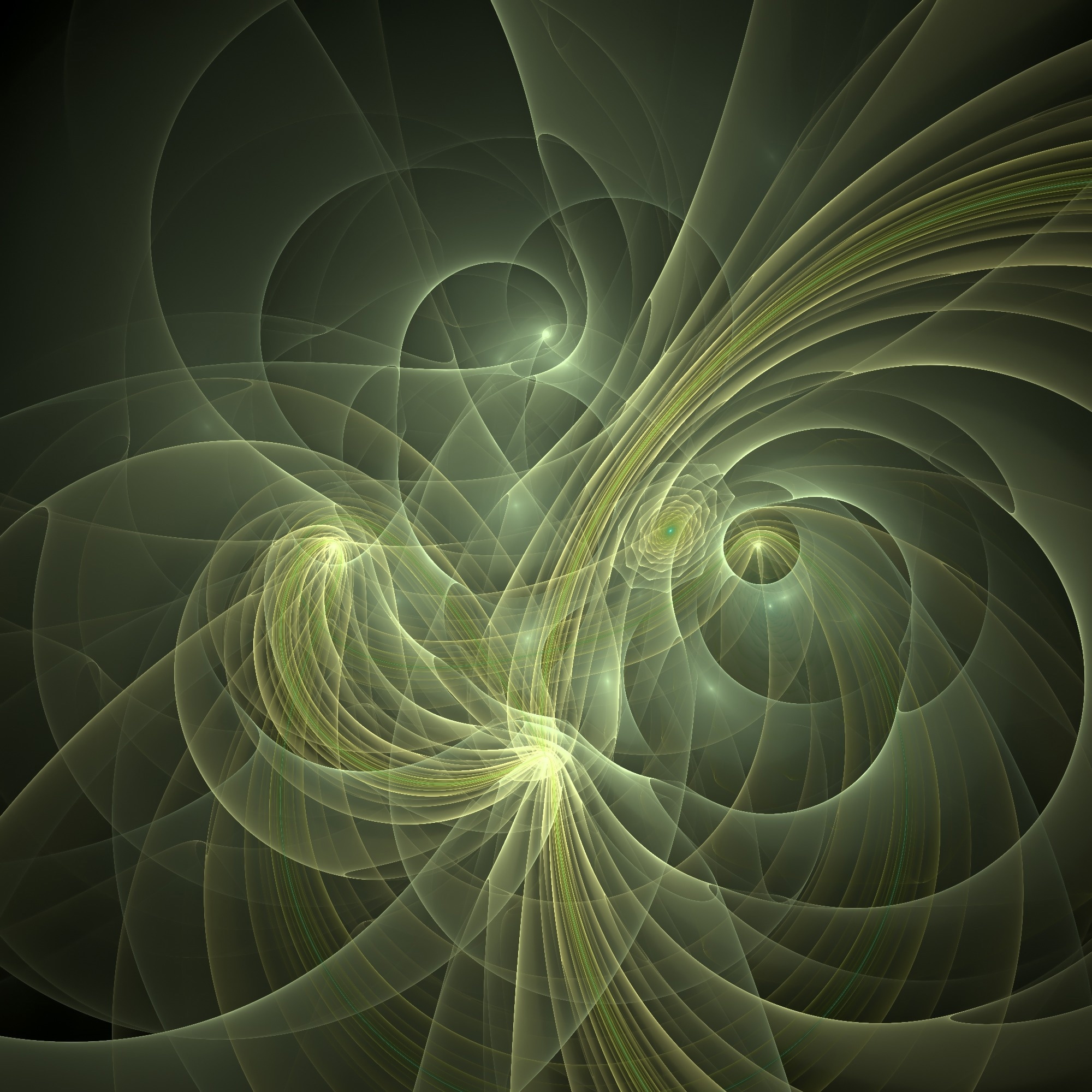An international team of researchers has investigated an unusual finding of quantum oscillations, a phenomenon in which electrons behave like springs within a magnetic field, occurring in the insulating material ytterbium boride. Their findings were published in Physical Review Letters.

Image Credit: agsandrew/Shutterstock.com
I would love to claim that there’s a great application, but my work keeps pushing that dream further away. But what we’ve found is still really bizarre and exciting.
Lu Li, Professor, Physics, University of Michigan
The study was partially funded by the U.S. National Science Foundation and the U.S. Department of Energy, and it relates to what are known as quantum oscillations. According to Li, these oscillations occur in metals and can be conceptualized as a phenomenon where the electrons in the metal behave like springs. Researchers can alter the rate at which these electron springs oscillate by applying a magnetic field.
The researchers have identified similar quantum oscillations in insulators, materials that are generally nonmetals and do not usually conduct heat or electricity. This has raised a perplexing question in the field: do these oscillations originate solely at the surface of the material, or is this behavior a characteristic that arises from the material's bulk?
From an applications perspective, the surface presents a more captivating solution. Researchers are currently investigating materials known as topological insulators, which exhibit metallic properties at their surfaces while retaining their insulating characteristics in the bulk, thereby facilitating advancements in electronic, optical, and quantum technologies.
However, collaborating with the largest and most powerful magnet laboratory globally, the National Magnetic Field Laboratory, Li and his team have demonstrated that the quantum oscillations originate from the bulk.
I wish I knew what to do with that, but at this stage, we have no idea. What we have right now is experimental evidence of a remarkable phenomenon; we’ve recorded it and, hopefully, at some point, we’ll realize how to use it.
Lu Li, Professor, Physics, University of Michigan
The team comprised over twelve collaborators from six institutions located in the United States and Japan. Alongside Li, the team featured research fellow Kuan-Wen Chen and graduate students Yuan Zhu, Guoxin Zheng, Dechen Zhang, Aaron Chan, and Kaila Jenkins from the University of Michigan.
For years, scientists have pursued the answer to a fundamental question about the carrier origin in this exotic insulator: Is it from the bulk or the surface, intrinsic or extrinsic? We are excited to provide clear evidence that it is bulk and intrinsic.
Kuan-Wen Chen, Research Fellow, University of Michigan
Li considers this study as an exploration of the boundaries of what he refers to as the "new duality." In this framework, the original or "old" duality emerged with the introduction of quantum mechanics over a century ago. At that time, scientists demonstrated that light and matter display both particle and wave-like characteristics. This concept has been crucial, not only in fundamental physics but also in the advancement of technologies such as solar cells and electron microscopes, which are now widely used.
For Li, the new duality signifies the capacity of materials to function as both conductors and insulators. To investigate quantum oscillations within this framework, the team conducted experiments using a substance known as ytterbium boride, or YbB12, within a very strong magnetic field.
“Effectively, we’re showing that this naive picture, where we envisioned a surface with good conduction that’s feasible to use in electronics is completely wrong. It’s the whole compound that behaves like a metal, even though it’s an insulator. Unfortunately, this crazy metal behavior only occurs at 35 Tesla – a magnetic field strength that’s about 35 times what’s inside an MRI machine,” said Li.
While the applications may not be readily apparent, there is no lack of inquiries regarding the behavior and how researchers could leverage it in more moderate circumstances.
“Confirming that the oscillations are bulk and intrinsic is exciting. We don’t yet know what kind of neutral particles are responsible for the observation. We hope our findings motivate further experiments and theoretical work,” said Zhu.
The study received additional funding from the Institute for Complex Adaptive Matter, the Gordon and Betty Moore Foundation, the Japan Society for the Promotion of Science, and the Japan Science and Technology Agency.
Journal Reference:
Chen, K., et al. (2025) Quantum Oscillations in the Heat Capacity of Kondo Insulator YbB12. Physical Review Letters. doi.org/10.1103/ms3x-pjsk